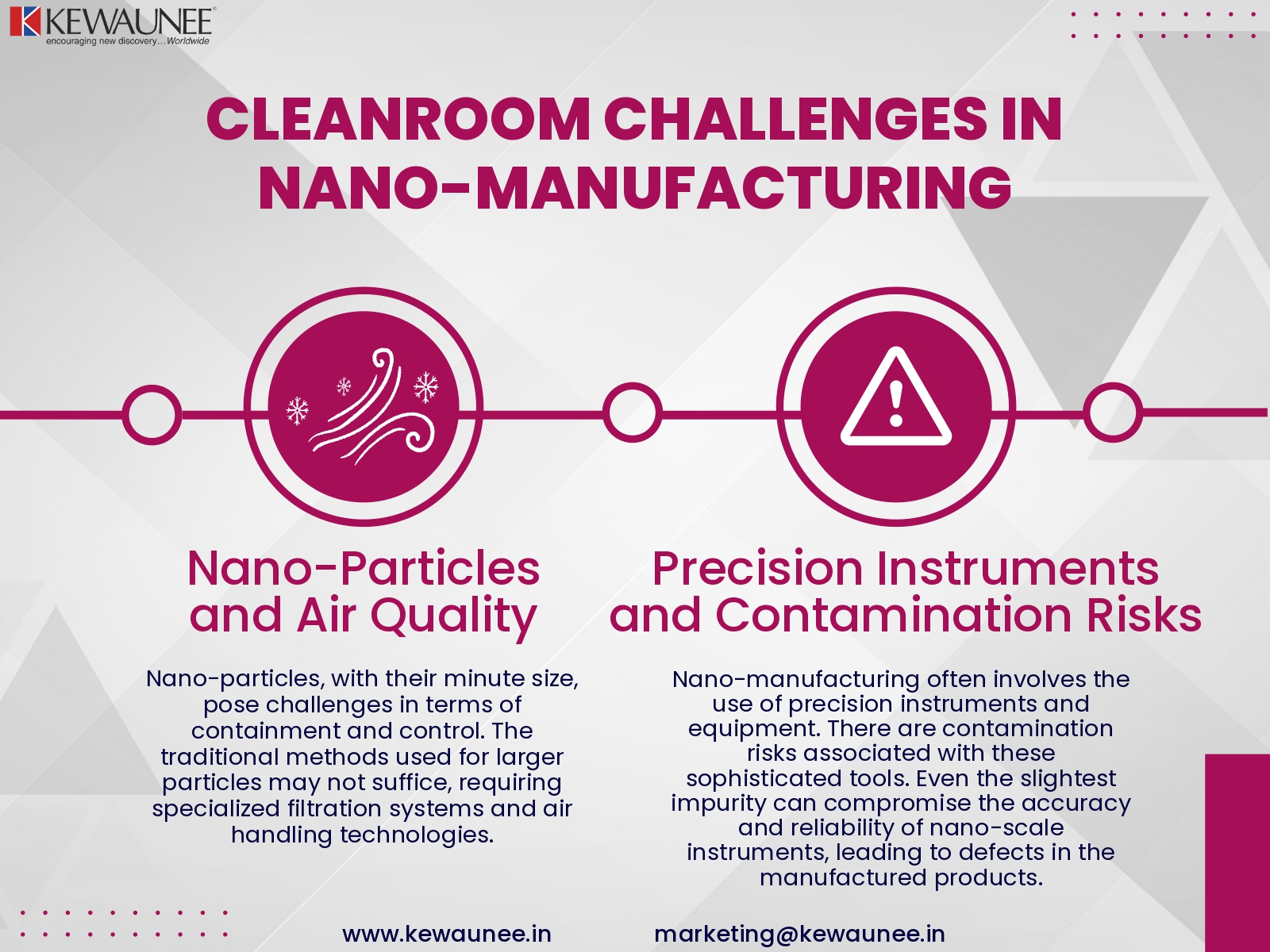Cleanroom Challenges in Nano-Manufacturing
Nanotechnology, with its microscopic wonders, has revolutionized various industries, from electronics to medicine. However, the manufacturing of nano-sized materials and devices presents unique challenges, especially in the context of cleanroom environments.
This blog navigates through the marvels of nanotechnology and explores the intricate challenges faced in maintaining cleanroom standards during nano-manufacturing.
1. The Power of Nanotechnology: A Brief Overview
Before delving into cleanroom challenges, let’s get an overview of nanotechnology and its transformative impact. Nanotechnology involves the manipulation and control of materials at the nanoscale, unlocking unprecedented properties and functionalities. From advanced materials to medical breakthroughs, nanotechnology marvels are reshaping industries.
Understanding the significance of nanotechnology sets the stage for appreciating the critical role of cleanroom environments in ensuring the precision and purity required at the nanoscale.
2. The Importance of Cleanrooms in Nano-Manufacturing
Cleanrooms serve as the controlled environments essential for nano-manufacturing. Cleanrooms are indispensable in the production of nano-sized materials and devices. At the nanoscale, even the tiniest contaminants can significantly impact the quality and functionality of the final product.
Cleanrooms mitigate the risks of particle contamination, airborne microbes, and chemical pollutants. Rigorous cleanliness standards, such as ISO classifications, are maintained to create an environment where nanoscale manufacturing can unfold with the utmost precision.
3. Nano-Particles and Air Quality: Controlling the Unseen
Nano-particles, with their minute size, pose challenges in terms of containment and control. The traditional methods used for larger particles may not suffice, requiring specialized filtration systems and air handling technologies.
Efficient air quality management becomes paramount, incorporating advanced filtration techniques and continuous monitoring. The challenge lies in not only capturing nano-particles but also preventing their release into the cleanroom environment during manufacturing processes.
4. Precision Instruments and Contamination Risks
Nano-manufacturing often involves the use of precision instruments and equipment. There are contamination risks associated with these sophisticated tools. Even the slightest impurity can compromise the accuracy and reliability of nano-scale instruments, leading to defects in the manufactured products.
Cleanroom protocols extend to the maintenance and operation of precision instruments. Regular cleaning, preventive maintenance, and adherence to strict protocols ensure that these tools remain assets rather than sources of contamination.
Summary
Navigating the intersection of nanotechnology and cleanroom environments requires a nuanced understanding of the challenges posed by the microscopic scale. From the overarching significance of cleanrooms in nano-manufacturing to the specific challenges associated with nano-particles and precision instruments, this blog unravels the intricacies of maintaining cleanroom standards in the realm of nanotechnology marvels.
As industries continue to harness the potential of the nanoscale, addressing these challenges becomes imperative for unlocking the full benefits of nanotechnology.
Comments are closed.











